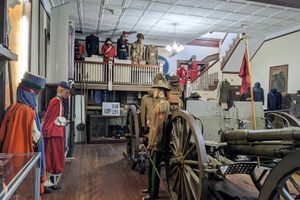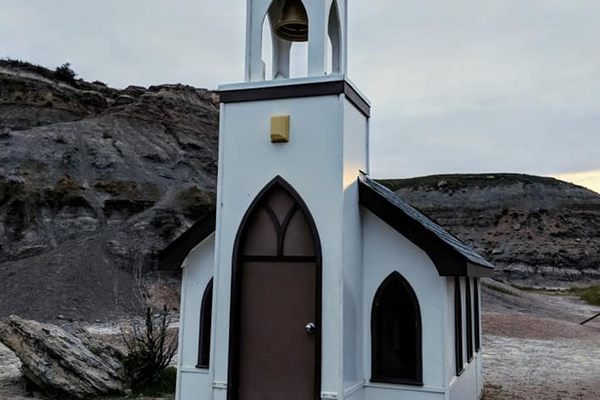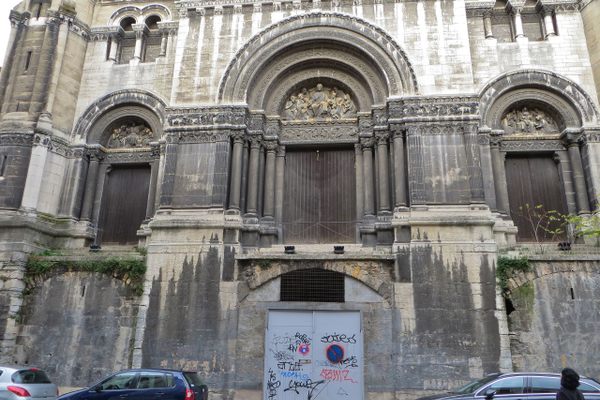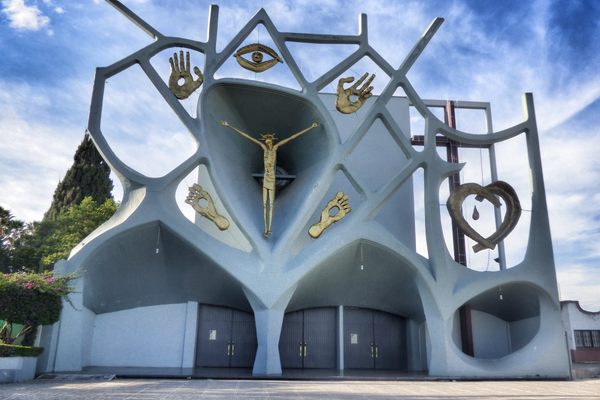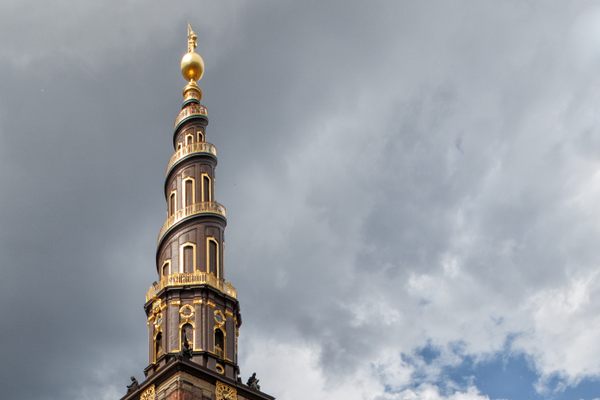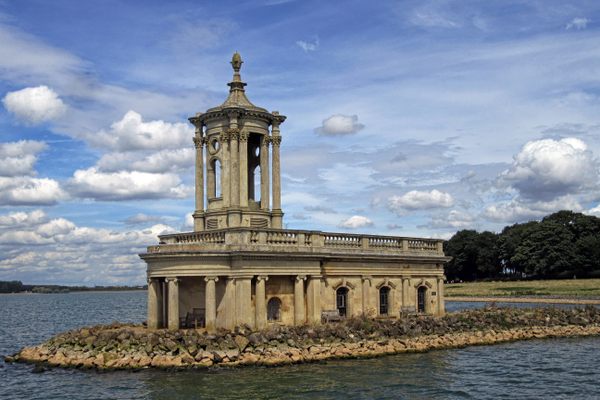About
Typically when we think of early America, we think of Puritans fleeing religious persecution in England. Of course, the Puritans weren’t the only persecuted group in Europe. Back in the late 15th century, Jewish communities in Spain were also under attack. The same year Columbus left for the New World, Queen Isabella of Spain issued the Edict of Expulsion - forcing all Jews in Spain to convert or leave.
Even in the New World, the colony of Massachusetts refused to let non-Puritans live or practice their faith. But in a tiny colony called Rhode Island, Roger Williams and Anne Hutchinson (themselves exiled from Massachusetts for their “new, diverse, and dangerous opinions”) offered a refuge. In 1658, upon hearing of this refuge, fifteen Jewish families from Spain moved to Rhode Island.
In Rhode Island, the early American Jewish community thrived with social and economic opportunities unmatched in the Old World. They purchased land for a Jewish cemetery and continued to practice for over a century. In 1758 the congregation found a spiritual leader in Isaac Touro, a Dutch Jew, and the next year began building a synagogue.
Designed by colonial architect, Peter Harrison, the synagogue features twelve columns supporting the balconies. Each column represents one of the twelve tribes of Israel. Today the Touro Synagogue in Newport, Rhode Island is the oldest standing synagogue in the United States, a lasting emblem of the religious freedoms and separation of church and state that Roger Williams and the early Jewish colonists championed.
Related Tags
Community Contributors
Added By
Published
November 19, 2010












